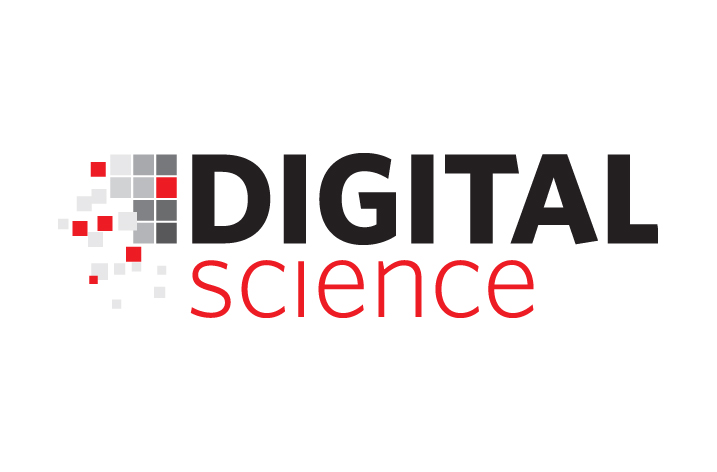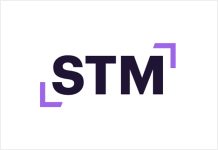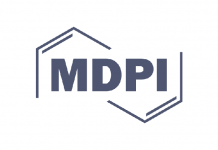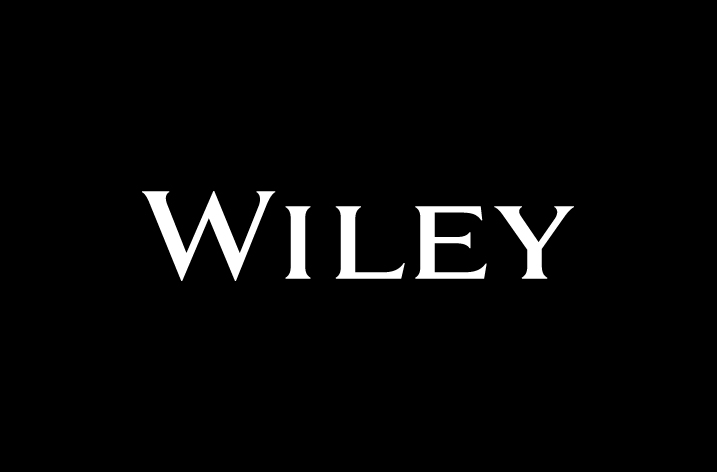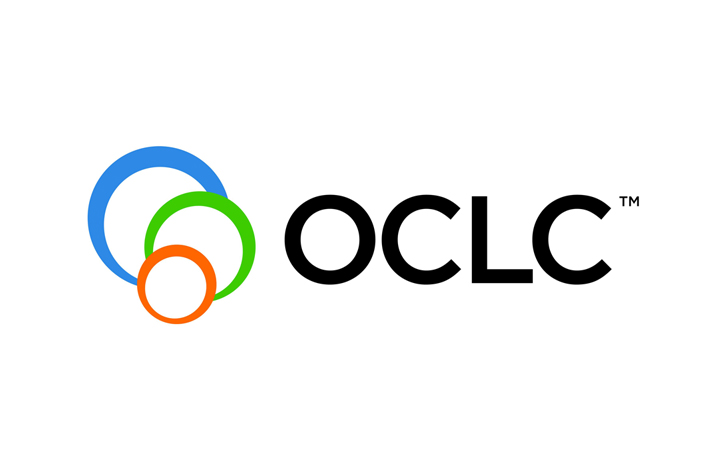
The US is the world’s largest contributor to high-quality scientific research papers, followed by China and Germany, according to the Nature Index 2016 Tables. Of the top ten countries in the Nature Index, only China has shown double digit compound annual growth between 2012 and 2015 with some of its universities growing their contribution to the index as fast as 25% annually. US contributions have declined 2.8% in the same period from a very high base.
The Nature Index Tables, which show Nature Index calendar year outputs for the last four years, are released together today for the first time. The Nature Index is built on a country or institution’s contribution to about 60,000 high-quality papers each year, and counts both the total number of papers and the relative contribution to each paper. (See ‘About the Nature Index’ for full definitions of measures.)
Harvard University, US, has the highest 2015 contribution of any university in the world. Stanford University (second), Massachusetts Institute of Technology (fourth), University of California, Berkeley (seventh), University of California, San Diego (ninth) and University of Michigan (tenth) — all from the US — occupy top ten positions. The University of Tokyo, Japan, is placed third, the Universities of Oxford and Cambridge, UK, are fifth and sixth, respectively, and ETH Zurich, Switzerland, is placed eighth.
Of universities with 2015 Nature Index output of more than 200 articles, Soochow University , China, shows the largest annual compound growth in contribution between 2012 and 2015 of 25%; Sussex University in the UK grew by 23%; Curtin University, Australia, 22%; Nankai University, China, 21%; and Tianjin University, China, 19%. Of the remaining top ten university movers three are Chinese.
IBM is the highest corporate contributor to the Nature Index in 2015 (228th of 8,000+ global institutions). Between 2012 and 2015, IBM’s output of articles grew by 4% per annum whilst its contribution to their authorship decreased by 3%. One interpretation of this pattern is that IBM is increasingly tending to collaborate to produce high-quality research papers.
The 2016 Tables can be accessed at www.natureindex.com/annual-tables/2016.
The Nature Index website — www.natureindex.com — provides free, quick and simple access to the recent research profiles of over 8,000 global institutions and 150 countries. The data behind the 2016 tables remains freely accessible, enabling users to examine patterns of publication and collaboration down to the article level where measures of their media impact are tracked in real time.
To accompany the release of the Nature Index Tables, a News section has been added to the Nature Index website. Here, the Nature Index editors will provide ongoing editorial analysis and commentary around the most recent data, including organisational and country-level profiles and infographics. The analysis will include additional information from other data sources, such as demographics, national spend on research and development, and changes to science policy and funding, that will help to put the Nature Index data into context.
David Swinbanks, Founder of the Nature Index, commented: “The Nature Index delivers a freely accessible and straightforward way to analyse high quality scientific research output that complements the other metrics and evaluation tools currently available to the research community. By focusing on a relatively small number of articles that have been identified as high quality by an independent group of practising scientists from relevant disciplines, we aim to provide a targeted view of high quality output for institutions, policy makers, research analysts, commercial organizations and the wider scientific community. Now with over four years of data, the Nature Index is becoming an increasingly powerful tool that provides more than just a snapshot as the addition of each year’s data helps to elucidate trends in high quality research output and changing patterns of collaboration over time.”
More information about the Nature Index is available at natureindex.com





